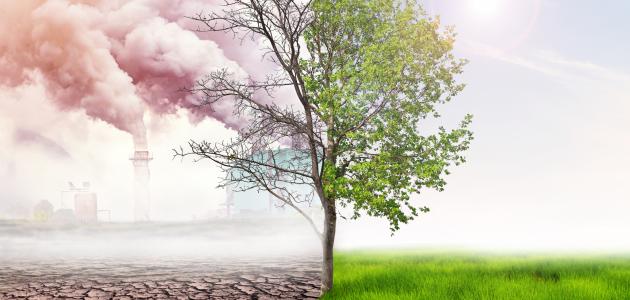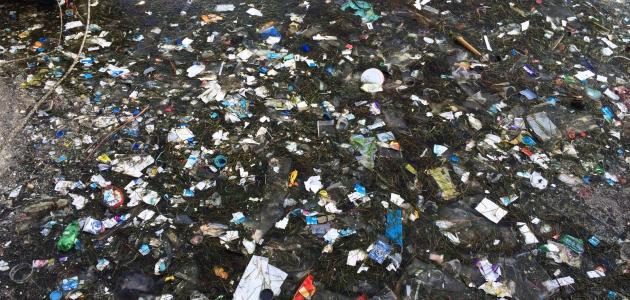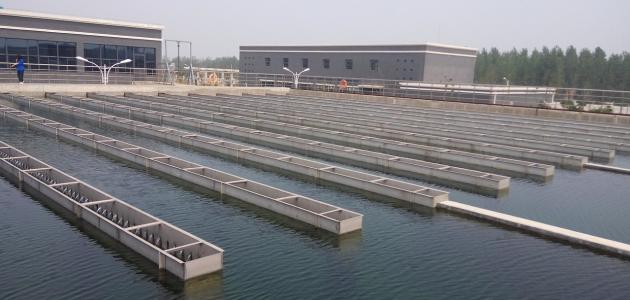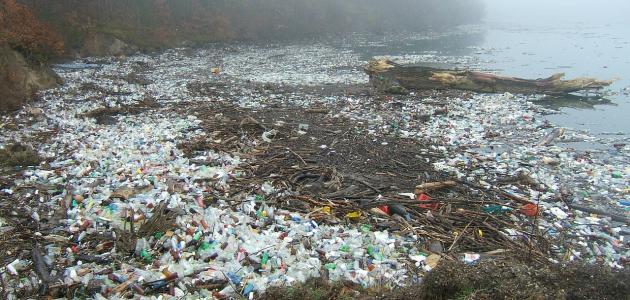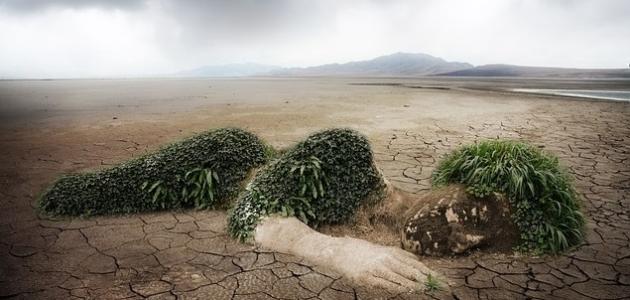Pollution definition
Pollution is defined as an increase in the amount of materials in their gaseous, liquid, or solid forms, or the addition of a form of energy, such as: sound energy, thermal energy, radioactivity, and others within the environment, which makes it unable to analyze these materials and energy, or It is dissipated, diluted, or recycled, and it becomes unable to store materials and various forms of energy in harmless forms. This pollution is known as environmental pollution, and this pollution includes all materials that have a negative impact on the environment, or living organisms. In which you live, the main types of pollution can be divided into: water pollution, air pollution, soil pollution, light pollution, and noise pollution.
Types of pollution
air pollution
Air pollution is defined as the addition of some pollutants, such as: biological materials, chemicals, or suspended particles (in English: Particulates) that have a negative impact on the life of living organisms to the atmosphere. These pollutants are found in the liquid state, or Gaseous or solid, they may be emitted from natural sources, or sources resulting from some human activities, and cause many damages to agricultural crops, in addition to causing many negative effects that may affect the urban environment and the natural environment, and they may also cause inconvenience, or some Diseases of living organisms, which may sometimes lead to death.
Read also:Essay on environmental pollution
Water pollution
Water pollution occurs when chemicals and any foreign substances that have negative effects on the lives of living organisms, including humans, are added to the water. It is worth noting that this water may reach about 2 billion people around the world through drinking water, and includes: Water pollutants on:
- Heavy metals, such as mercury, lead, and others.
- Agricultural pesticides and fertilizers transmitted through surface water runoff.
- Industrial chemical waste.
- Chemical pollutants that leak from sites where hazardous waste is disposed of.
- Waste resulting from food processing and production.
- Waste resulting from sewage treatment.
Soil contamination
Soil pollution can be defined as a high percentage of chemicals in the soil, or the presence of foreign materials that do not belong to it, or an increase in the concentration of some soil components above their normal percentage, which leads to causing many damages that may affect non-target organisms (in English). (Non-targeted Organism), the sources of soil pollution fall into two sections, one of which includes all human pollutants, while the other section includes natural sources, such as: increasing the concentration of some mineral components, which makes the soil become toxic and unusable. Soil pollution is one of the Hidden dangers to the environment; Due to the inability to observe it with the naked eye, and the inability to evaluate pollution directly.
Read also:Natural balance and environmental protectionNoise Pollution
Noise pollution includes all sources of unwanted loud sounds that can enter the ears and cause many damages to the auditory system of humans and other living organisms. The extent of the impact of these pollutants on hearing varies greatly. Some of them cause direct damage to the auditory system, such as: loud sounds resulting from explosions, while some of them cause negative effects on the auditory system in the long term, such as: listening to loud sounds continuously, and there are many sources of noise pollution, including:
- Musical equipment, such as loudspeakers.
- Various machines, such as: vacuum cleaners, lawn mowers, and industrial machines and equipment.
- Various means of transportation, such as: trucks, planes, buses, and others.
Noise pollution causes many health damages to humans - and not only to the auditory system - according to data issued by the US Environmental Protection Agency (in English: US Environmental Protection Agency) and the World Health Organization (in English: World Health Organization), and it is also considered one of the problems Public health problems are increasing at an increasing rate, according to data from the Centers for Disease Control and Prevention, as it leads to hearing loss, high blood pressure, headaches, slurred speech, sleep disorders, and stress, in addition to negative effects. On productivity, mental health, and quality of life in general.
Read also:Water and air pollution
light pollution
Light pollution includes all harmful artificial light sources, in addition to intense light sources, and undirected (misleading) light sources, and this pollution results in several negative effects; It causes some health problems for humans, wastes large amounts of energy, disturbs the ecosystem, obscures the lighting of the stars at night, and causes many negative effects on astronomical research.
Light pollution is divided into four different types:
- Glare: (in English: Glare), which is lighting that causes discomfort to the eyes when seeing due to its high brightness.
- Heavenly glow: (in English: Skyglow), which is the brightness of the sky with lights during the night over populated areas.
- Light dispersion: (in English: Clutter), the gathering of many confusing light sources of high brightness in one place.
- Light Trespass: Light Trespass is the entry of light into places that do not need lighting.
